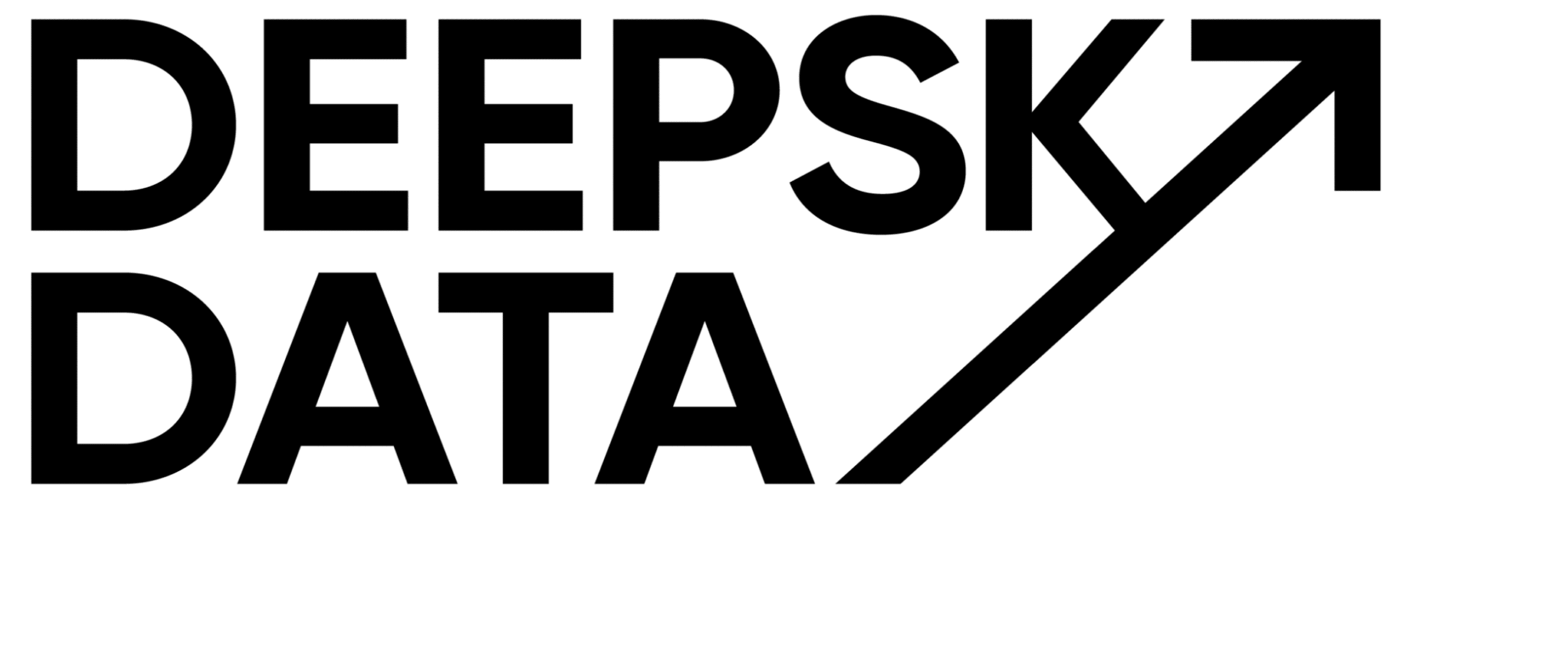Join me on Friday when I walk you through an example and define product events for Asana
Dear Data-Traveller, please note that this is a Linkedin-Remix.
I posted this content about how to define product events already on Linkedin in August 2022, but I want to make sure it doesn’t get lost in the social network abyss.
For your accessibility-experience and also for our own content backup, we repost the original text here.
Have a look, leave a like if you like it, and join the conversation in the comments if this sparks a thought!
Screenshot with Comments:

Plain Text:
How do you define tracking events for your product and don’t end up with too many events?
Let’s take a step back and ask: Why do we need to track our product? What are the questions we want to answer?
– how do we transform users from newbies into experts of our product?
– what has to happen so that someone is willing to pay money for our product?
– what features are essential in the different stages of a user journey?
– how do features work in themselves? Do people get from seeing to using them?
If we would get clear answers to these questions, it would already be pretty good, won’t it?
To get these answers, we have different steps. And step one is to collect the right data in the right shape.
So we need a plan that fits the questions we want to answer later.
How do we develop this plan?
Let’s start with how I develop such plans.
Join me on Friday when I walk you through an example and define product events for Asana.
The session will be recorded: so sign up and watch it later.
Link: https://www.linkedin.com/video/event/urn:li:ugcPost:6965161294773559296/

